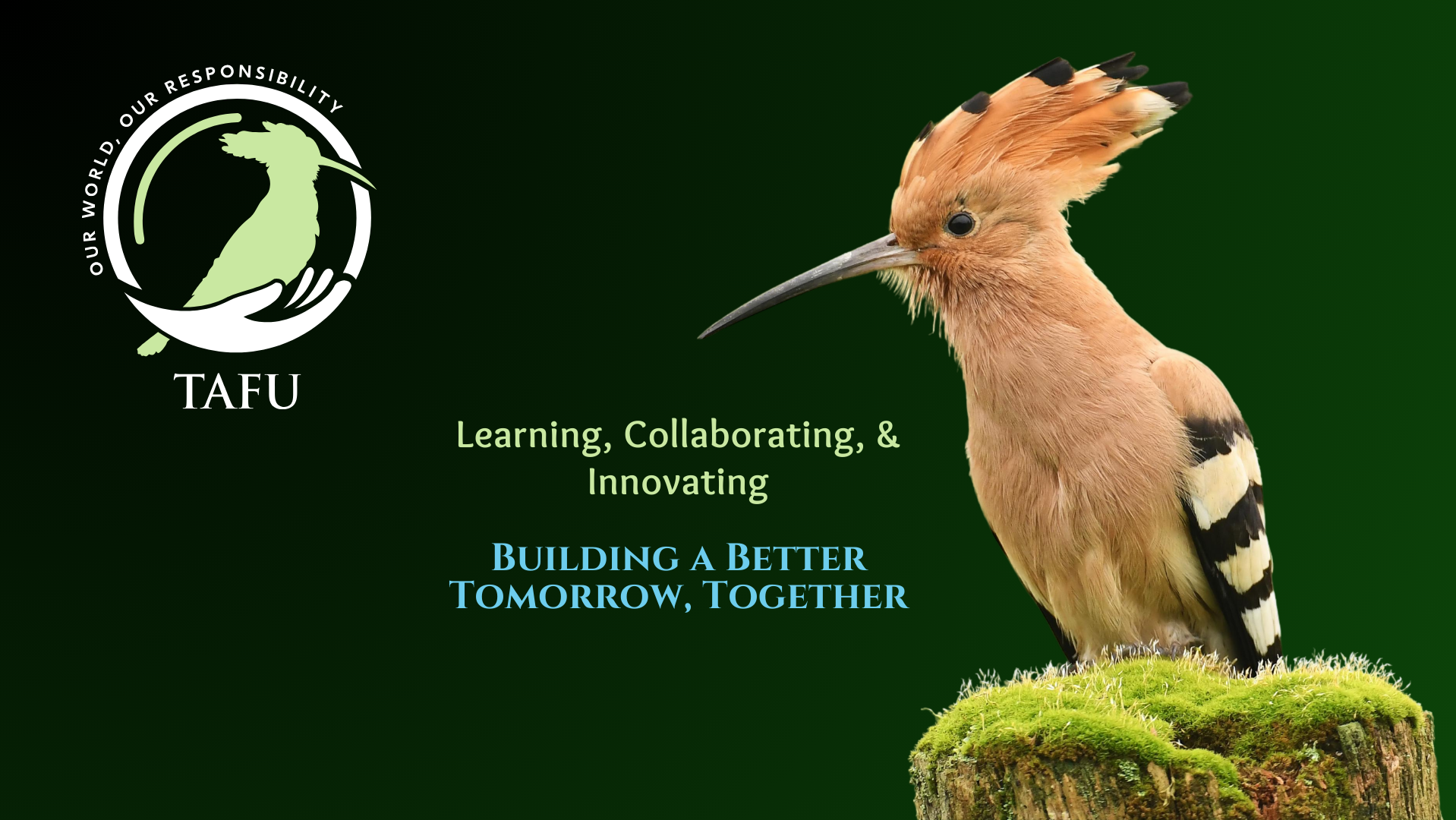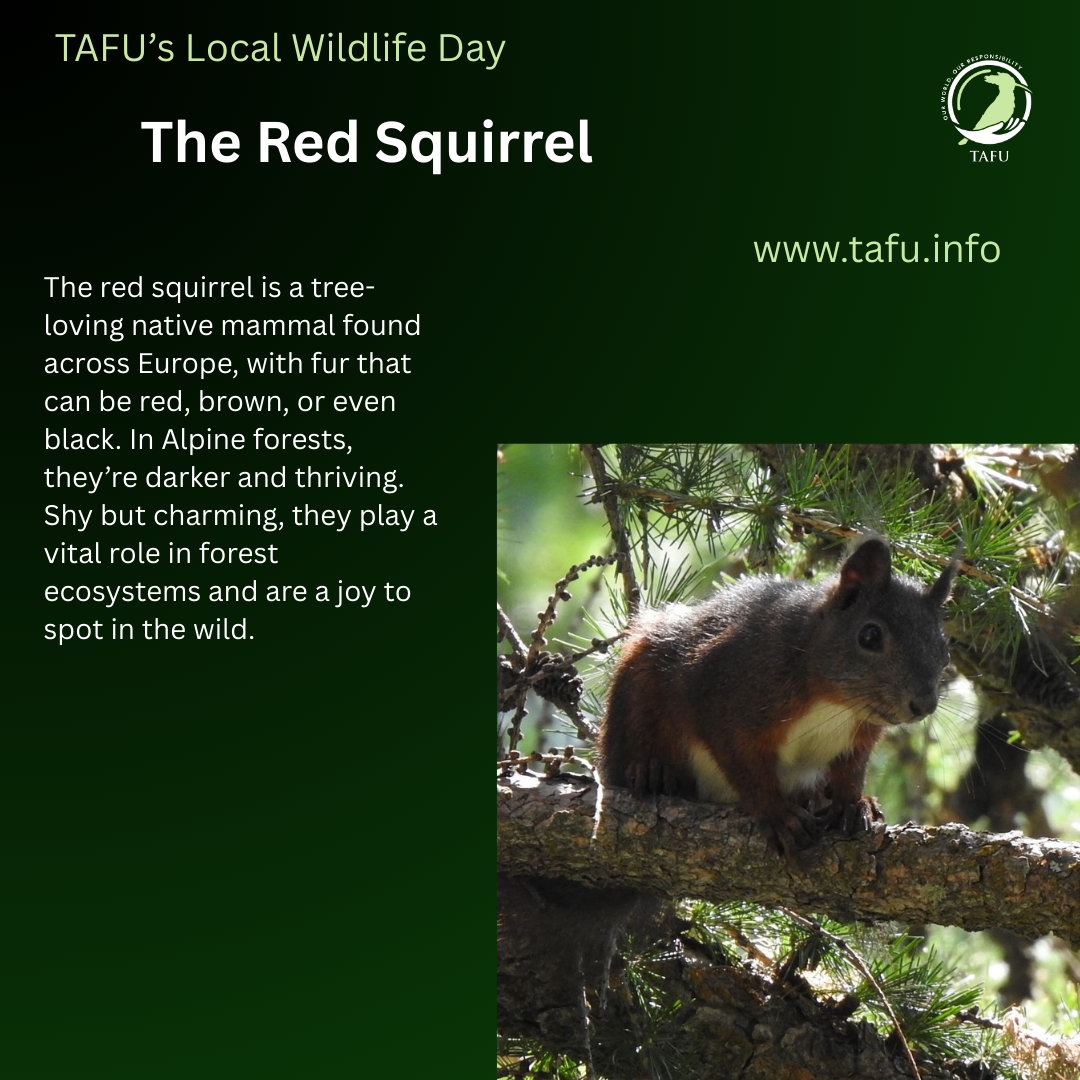Red Squirrel
Whilst visiting France and the AI for Good conference in Geneva, we climbed the peak above Zermatt (Switzerland) – and this little thing came to welcome us on the steep slopes, so I thought quite a lovely creature to celebrate local wildlife day and this occasion!
The Red Squirrel (Sciurus vulgaris) is one of Europe’s most iconic and beloved wild mammals. With its bushy tail, expressive eyes, and distinctively tufted ears, it captures hearts wherever it goes. Native to Europe and parts of Asia, this agile tree-dweller once thrived across the UK and mainland Europe, but in recent years its numbers have declined in many areas due to habitat loss and competition from invasive grey squirrels. However, in Alpine regions such as Switzerland, red squirrels continue to flourish.
One of the most fascinating things about red squirrels is their incredible range of coat colours. Although we often imagine them as bright ginger, the term “red squirrel” refers to the species rather than the fur colour. Across Europe, individuals can appear in a wide variety of hues: russet red, chestnut brown, greyish or black, and even golden tones. In Alpine areas, like the mountain forests around Zermatt, red squirrels are often much darker; chocolate brown or black, sometimes with paler undersides. This darker colouring may help them absorb more warmth from the sun in colder environments or blend into the dense coniferous woodland, or … please let us know what you know or think?!
Red squirrels are smaller and more lightweight than the North American grey squirrel. Adults typically measure 18 to 24 cm in body length, with a tail that adds another 14 to 20 cm. Their bushy tails help them balance as they dart through treetops and serve as a warm wrap when they curl up to sleep. The most distinguishing feature is their ear tufts, which are especially prominent during winter and give them a storybook appearance.
They are solitary and mostly active during the day, particularly in the early morning and late afternoon. Red squirrels are arboreal, meaning they spend much of their time in trees. Their long toes, sharp claws, and flexible ankles help them grip bark and leap confidently between branches.
In terms of diet, red squirrels are not picky. They primarily feed on seeds from conifer cones, such as pine and spruce, but also consume acorns, beech mast, fungi, berries, buds, and even bird eggs or nestlings in lean times. They are excellent foragers and can often be seen burying food in various locations to retrieve during the winter. These food caches play a role in seed dispersal and help regenerate forests.
They don’t hibernate but do become less active in cold weather, relying on food stores they buried earlier in the year. Nests, or “dreys,” are usually built in tree hollows or high branches and are constructed from twigs, moss, and leaves.
Red squirrels play a vital ecological role. By spreading tree seeds and fungi spores (especially truffle-like fungi hidden underground), they contribute to forest regeneration and biodiversity. They also form part of the food chain, serving as prey for birds of prey, foxes, martens, and wildcats.
Unfortunately, in much of the UK and some other regions, red squirrels are in trouble. The introduction of the invasive grey squirrel from North America in the 19th century led to a dramatic decline in red squirrel populations. Grey squirrels are larger, more adaptable, and carry a disease called squirrelpox, which they survive but which is deadly to red squirrels. Habitat loss from forestry, urban expansion, and road networks has also contributed to the decline.
However, in places like the Alps, where grey squirrels have not become established and old-growth forests remain, red squirrels are still thriving. Conservation programmes are working to protect and reconnect habitats, limit the spread of grey squirrels, and raise awareness about the importance of this species.
Seeing a red squirrel in the wild is a magical experience; whether it’s nibbling on a pine cone, scampering up a snowy branch, or peeking curiously from a tree hollow. Such wonderful encounters, really warms one’s heart, certainly warmed ours! They also highlight the importance of preserving these wild spaces and the creatures that call them home.
If you’re ever hiking in a conifer forest or woodland glade in Europe, keep your eyes peeled for a flick of a tail or a soft chattering sound. The red squirrel might be shy, but it’s always watching, always busy, and always a delight to discover.


